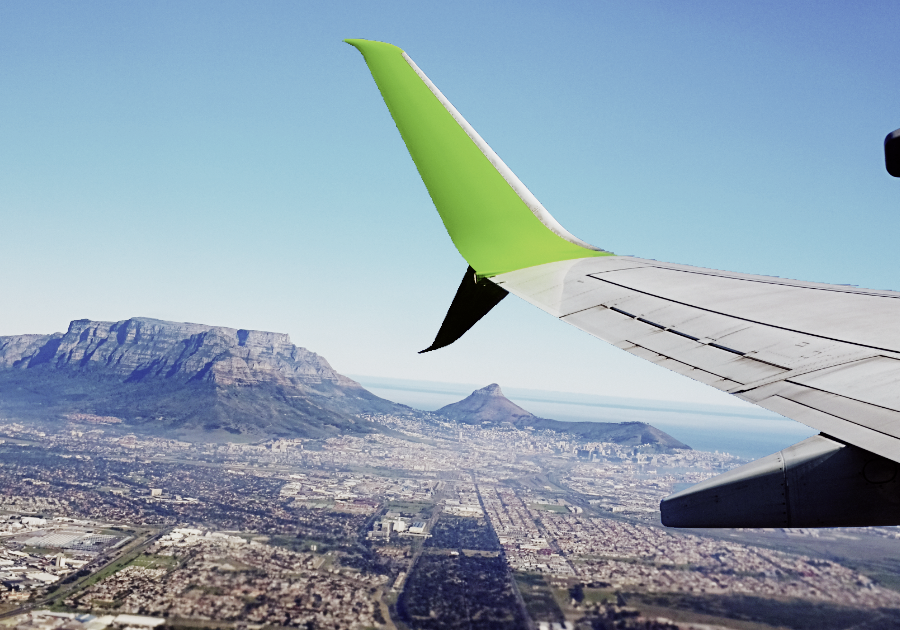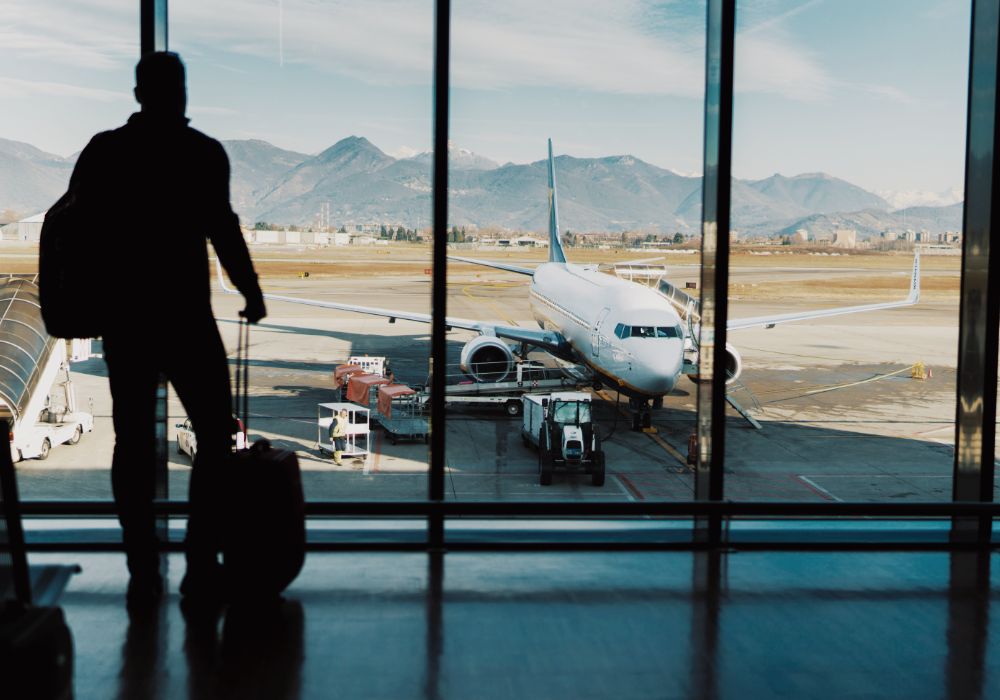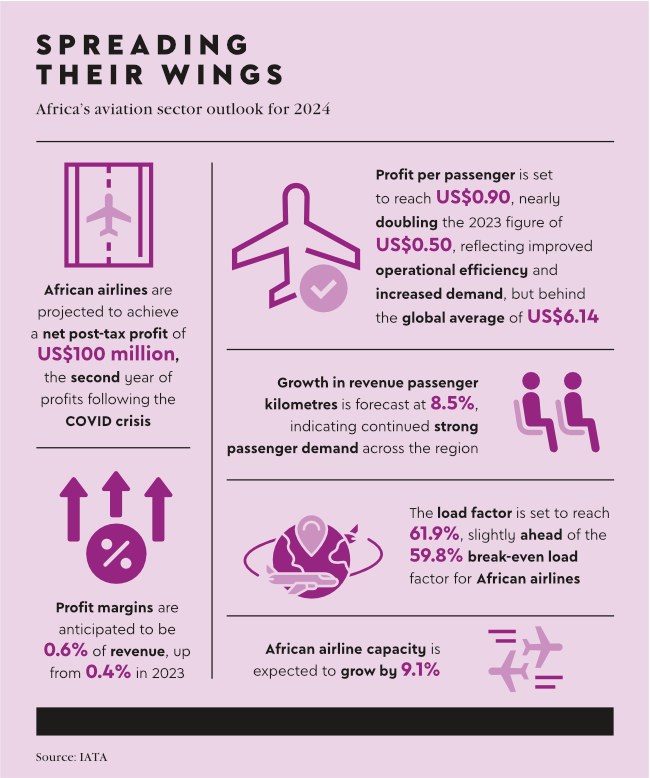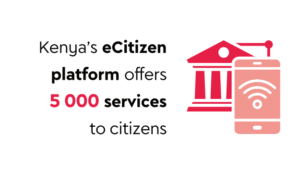If you compare a snapshot of the aprons at the domestic terminals of South Africa’s airports taken before COVID-19 to one taken today, you’d be looking at two very different pictures. Gone is the citrus-coloured livery of Mango and Kulula, along with Comair and SA Express, leaving FlySafair, Airlink, CemAir and newcomer Lift to fill the gap. That the pandemic had a cataclysmic effect on domestic and regional aviation is undeniable but with tourism figures finally on the rise again it seems the African aviation industry is preparing itself for take-off too.
The International Air Transport Association (IATA) figures for the month of May 2024 indicated that African airlines were seeing a 14% increase in demand, with capacity increasing 8.2%. Load factor was low compared to other regions, but had still climbed 3.2 percentage points to 72.3% year on year, the fastest growth globally. The continent’s fleet of aircraft is expected to grow about 25% in a decade, reaching more than 1 400 aircraft by 2034.
‘The growth in Africa reflects an expected expansion of demand. Figures from IATA show that African passenger numbers will nearly double by 2035. This will require airlines to continue to invest in expanding their fleet, as well as looking at new routes to add to their network,’ says Paul Calvey, partner and head of operations in South Africa for management consultants Oliver Wyman.
Even embattled national carrier South African Airways (SAA), which was all but grounded at the onset of COVID in 2020, is planning to triple the size of its fleet from 13 aircraft to more than 40, with interim CEO John Lamola saying that the airline is in a financial position to do so. ‘We are cash-positive as a company, and we are able to survive in the next 12 to 18 months on our own,’ he says.
SAA plans to concentrate most of its expansion plans on regional, intra-African routes, though not completely ignoring international routes. ‘Our strategic position is to differentiate ourselves as a national flag carrier to be able to offer the country the connectivity with key investment and trading partners,’ says Lamola.
The carrier plans to add nine new destinations to its current 14 routes, and in 2028 will consider adding routes to Frankfurt, Munich, London and cities on the US east coast.
Developing the regional, intra-continental market seems to make the most economic sense. ‘Our analysis also shows that only 17 million of the 177 million seats on African flights that took off in 2022 were intra-African,’ says Calvey. ‘By comparison, the South African domestic market alone accounted for 15 million seats in 2022. So the potential for growth for travel across the continent is significant.’
IATA’s senior VP of sustainability and chief economist, Marie Owens Thomsen, believes intra-continental connectivity should be a priority for African airlines as a driving force for the regional economy. ‘Poor connectivity definitely equals poor economic outcomes,’ she said at IATA’s recent Wings of Change Focus Africa conference in Johannesburg.
‘If we adopt aviation and all forms of connectivity as a proper growth strategy, then we have a completely different picture of radical collaboration on this continent.’
An earlier IATA survey suggested that if just 12 key Africa countries opened their markets and increased connectivity, an extra 155 000 jobs and US$1.3 billion in annual GDP would be created.
IATA’s Kamil Al-Awadhi, VP in charge of Africa and the Middle East, points out that the Single African Air Transport Market (SAATM) – launched by the AU in 2018 to liberalise civil aviation in the region – provides the continent with a ‘ready-made’ mechanism to drive economic growth.
However, while 37 African countries have signed up to the SAATM, Al-Awadhi notes that few governments have taken the steps needed for its implementation.
‘Non-compliance of bilateral air service agreements by African governments is a major obstacle to achieving seamless regional connectivity and growth in Africa’s aviation sector,’ he says. ‘We have to work together in a collaborative manner. We can overcome the obstacles before us and realise the full potential of Africa’s aviation.’
To that point, SAA’s Lamola has indicated that the national airline is working with Kenyan Airways to create a pan-African group, focusing on optimising procurement and connectivity.
A year after entering the regional market, which saw it and others take advantage of the gap left by ComAir and Mango, privately owned, Johannesburg-based FlySafair is reconsidering the sustainability of some of its destinations, but expanding where it sees value.
Referring to its routes that access Victoria Falls – Livingstone in Zambia and Victoria Falls Airport in Zimbabwe – Kirby Gordon, FlySafair’s chief marketing officer, told Simple Flying recently that the airline will ‘possibly consolidate or narrow the focus into [the routes] and take a slightly different approach. We don’t think it is long-term sustainable to do both, but we are glad we did in terms of getting to understand what the route and the market look like’.
The company is instead applying to add a second daily flight from Johannesburg to Harare, which has become one of the busiest routes in Southern Africa. ‘We would love to add additional frequencies, so we have an application with the Air Services Licensing Council for increased frequencies on that route. We are currently flying everything we have been awarded. We are waiting for a decision on that application because it is a good route,’ said Gordon.
Driven largely by tourist interest, the regional market is becoming competitive, with CemAir starting to offer flights from Johannesburg to Harare in May this year. It also plans to add destinations such as Luanda in Angola, Livingstone in Zambia, and Gaborone in Botswana. Airlink has gone even further, offering two new routes to Malawi from 2023.
Domestically, FlySafair is leveraging tourist interest in the Kruger National Park. It will be adding a daily route between Johannesburg to the Kruger-Mpumalanga International Airport in Mbombela from August 2024, following on from the launch of a daily flight between Cape Town and Mbombela in April.

‘It makes sense to create new routes so that tourists can have ready access to prime attractions like Cape Town and the Kruger National Park,’ says Gordon. The airline is reportedly also in talks with Boeing about operating a 737 MAX as part of its longer-term strategy.
While FlySafair has cornered 60% of the ultra-competitive domestic market, it might want to look over its wing, because another low-cost competitor is on its tail. Founded in 2020 in the midst of COVID, Lift Airlines was voted as the Africa’s best low-cost airline at the 2024 Skytrax World Airline Awards earlier this year. The airline, which leases a fleet of three Airbus A320s and is reportedly in discussions to acquire more, is trading on crowd-pleasing tactics, such as dog-friendly flights as well as flexibility regarding cancellations and pricing.
With airlines preparing for an uptick in tourism, airports are following suit. OR Tambo and Cape Town International – both ranked in the top 10 airports globally according to a survey by claims management company AirHelp – are going ahead with expansion plans. Airports Company South Africa (ACSA) announced in March that it is spending more than ZAR20 billion over five years to refurbish the airports under its wing.
At OR Tambo, it’s adding six busing gates to the international terminal and expanding the retail, seating and holding lounge areas. A new mezzanine level will be built at a later stage to improve circulation, seating and holding space.
The delayed realignment of the runway at the Cape Town International Airport (CTIA) is anticipated to get under way in the next five years, to increase capacity by 50%. ACSA’s priority at the CTIA, however, is the reconfiguration and expansion of the domestic arrivals terminal to meet growing capacity needs. The project will see the addition of three new contact gates and fixed boarding bridges, as well as the expansion of the baggage claim, domestic departures lounge, retail spaces and ablution facilities.
ACSA is also planning to build a new hotel at King Shaka International Airport in KwaZulu-Natal, with a terminal expansion set for 2027. Its smaller airports – George, Gqeberha and East London – will also receive some attention.
The CTIA also looks set to get a neighbour, with an ambitious ZAR7 billion plan to transform the privately owned Cape Winelands Airport in Durbanville into a ‘destination alternate’ for travellers to the Mother City. Nick Ferguson, MD of rsa.AERO, says the plans incorporate a realigned runway and associated aircraft parking stands to accommodate larger aircraft, a new terminal building, a cargo processing facility, new hangarage, fuelling facilities, a heliport, a hotel, a plaza, a conference centre and wine-tasting facilities. Construction is expected to start in 2025 with Phase 1 completed two years later. The airport is targeting 1.1 million passengers annually with the goal of capturing a quarter of the local market share by 2050.
‘We’ll expand incrementally and in line with demand,’ Ferguson told Engineering News. He says the airport will be similar to the privately owned Lanseria, in Johannesburg, ‘but it will be bigger, with a longer runway that can accommodate wide-body aeroplanes’.
As the aviation industry prepares to be reinvigorated, it’s not just the planes on the apron that are changing, but the aprons themselves.


















